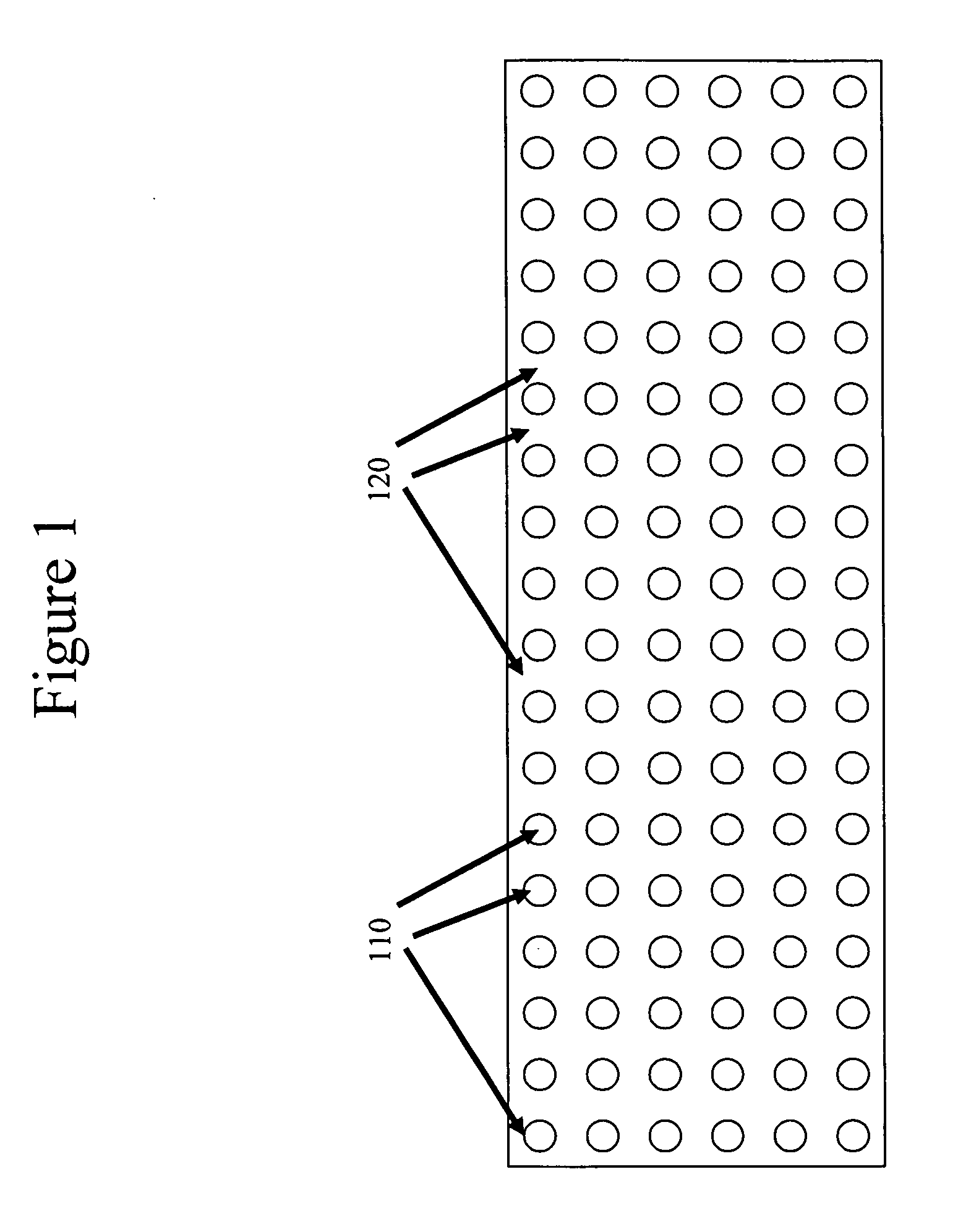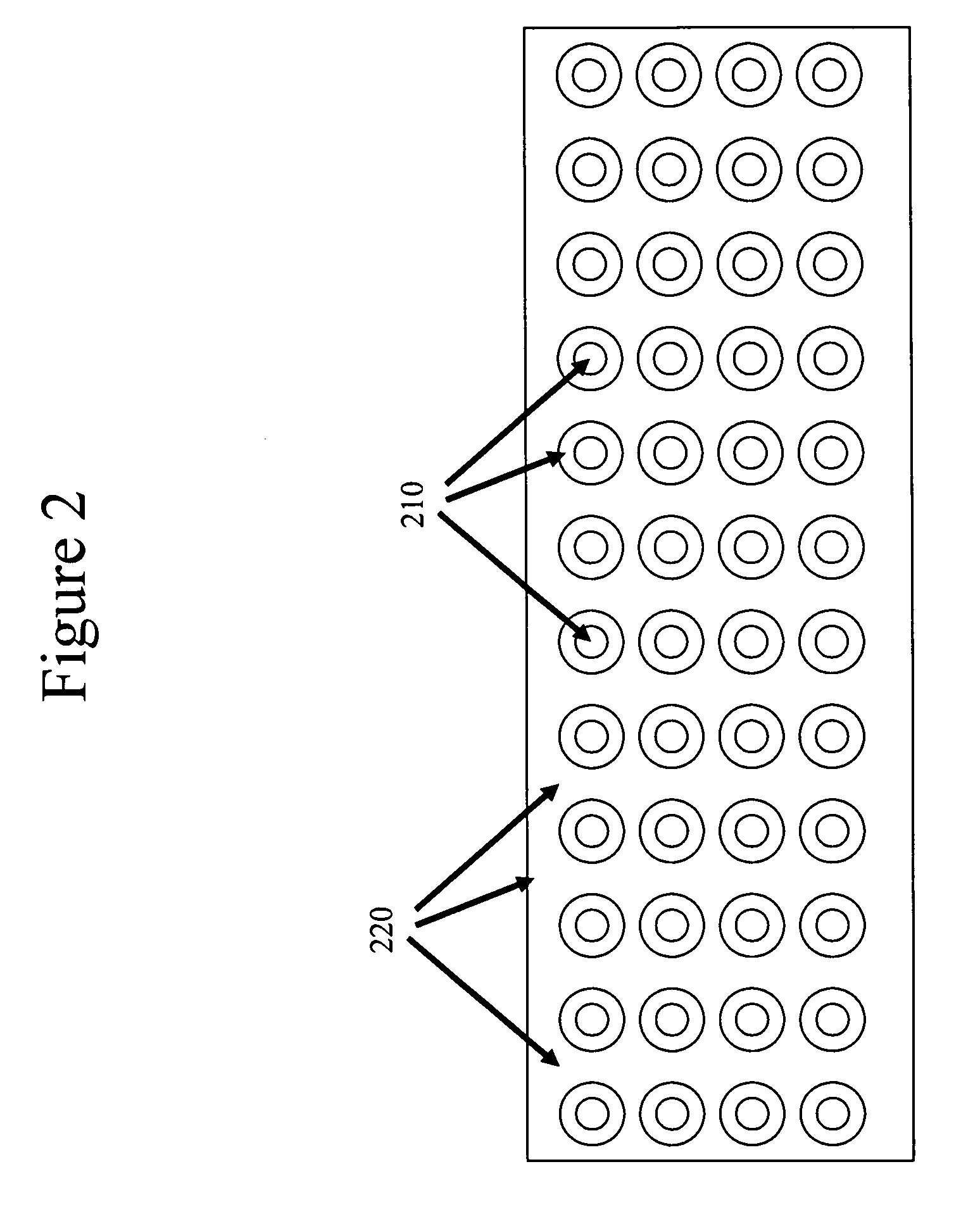Nanostructured material comprising semiconductor nanocrystal complexes for use in solar cell and method of making a solar cell comprising nanostructured material
a technology of nanocrystals and nanostructured materials, which is applied in the direction of nanotechnology, semiconductor devices, electrical equipment, etc., can solve the problems of inability to make nanocrystals with a smaller band gap than that of bulk materials of the same composition, the cost of pv solar cells to date has been high, and the cost of electrical conversion using conventional solar cells has not been exploited to its full potential
- Summary
- Abstract
- Description
- Claims
- Application Information
AI Technical Summary
Benefits of technology
Problems solved by technology
Method used
Image
Examples
Embodiment Construction
[0030] Renewable energy from the sun has great potential in reducing the dependency on fossil fuels while providing a cleaner, non-green house gas producing method for power generation. Photovoltaic (PV) devices that directly convert sunlight into electricity have found great acceptance in niche applications such as remote power for oil pipelines, monitoring stations and satellite power. Efficiency constraints associated with PV technology greatly limits its applicability as a wide scale distributed power generation source.
[0031] Thus, if one has balance of system devices (that are mostly electronic devices with high efficiencies) of near 90% efficiency, the limiting feature for overall system efficiency is the PV module efficiency. The PV module efficiency is dependent on the materials and processes used to create the module. Best in class crystalline silicon modules have materials with theoretical limits of 33% efficiency and in production as modules these devices have an efficie...
PUM
 Login to View More
Login to View More Abstract
Description
Claims
Application Information
 Login to View More
Login to View More - R&D
- Intellectual Property
- Life Sciences
- Materials
- Tech Scout
- Unparalleled Data Quality
- Higher Quality Content
- 60% Fewer Hallucinations
Browse by: Latest US Patents, China's latest patents, Technical Efficacy Thesaurus, Application Domain, Technology Topic, Popular Technical Reports.
© 2025 PatSnap. All rights reserved.Legal|Privacy policy|Modern Slavery Act Transparency Statement|Sitemap|About US| Contact US: help@patsnap.com



